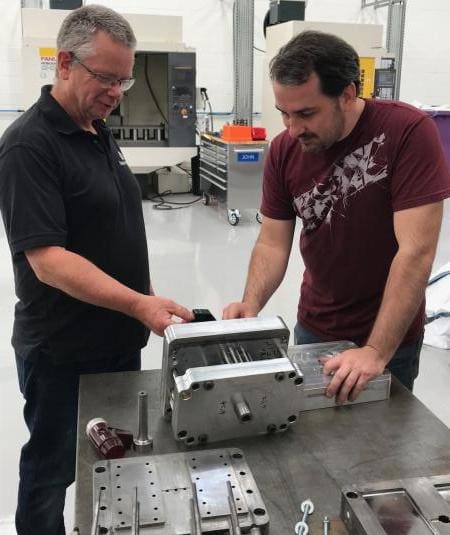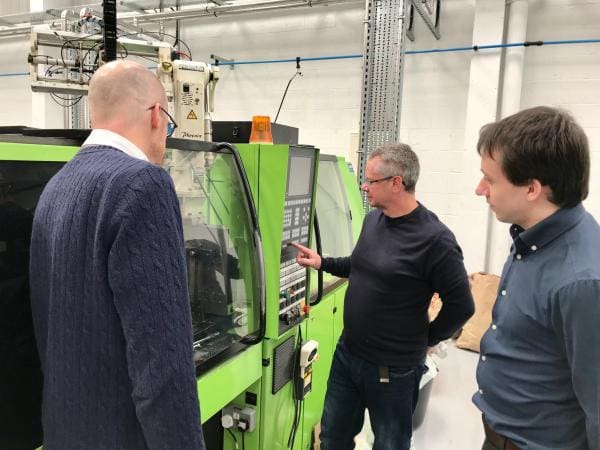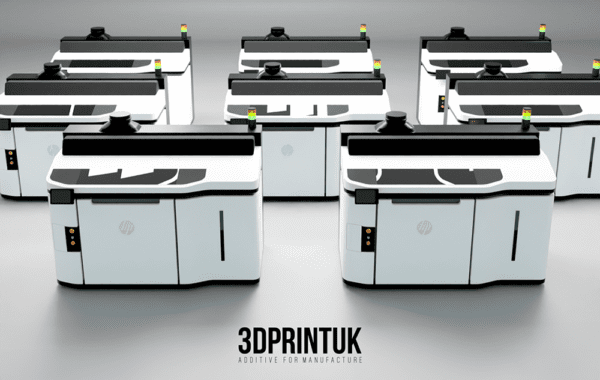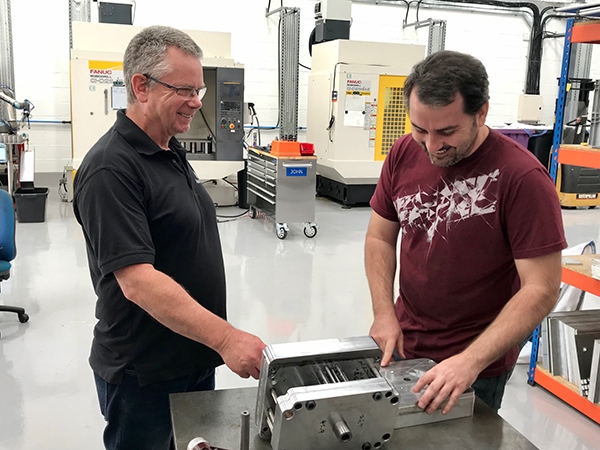
Plunkett Associates: Why Is Design For Manufacturing Important?
In this blog, Plunkett Associates discuss why design for manufacturing (DFM) is so important during the prototyping stage, how to select a manufacturing process and how your business can harness the benefits of DFM to make better prototypes and end-use parts and products.
Tim Plunkett established Plunkett Associates in 2005 after identifying a gap in the market for a reliable, impartial and knowledgeable resource through which UK companies could order prototype and low volume production parts.
Why should I worry about design for manufacture?
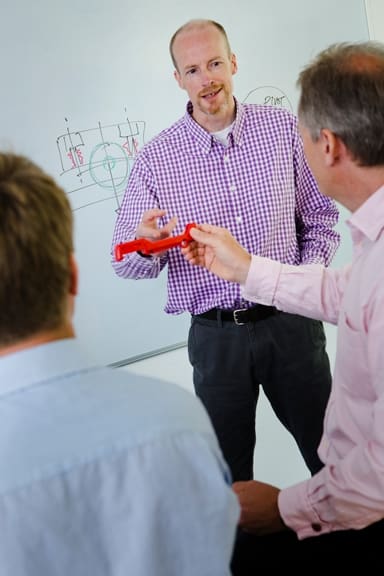
Design for manufacture is all about taking full advantage of the selected manufacturing process whilst at the same time engineering the part(s) to suit the process and minimise cost.
As the manufacturing method is frequently undecided when a client initially approaches us, support to make the necessary changes becomes an important part of the design service we supply.
Understanding these rules, or designing for manufacture, is as important today as it has always been. Ignore the rules and you will get a substandard product, or at best, you will pay over the odds for something that could be produced for less.
What is design for manufacture?
So design for manufacture is just that. It’s designing with a manufacturing methodology in mind, such that features are created in ways the process can replicate without difficulty, as difficulty usually means additional cost!
Potential issues can range from a simple chamfer around a hole that requires an extra setup when CNC machining; to more complicated issues such as the way in which a hole is created during injection moulding that may require an additional side action, or how to anchor a boss to a thin wall without compromising the tooling or creating sink marks on an aesthetic surface.
How do we select a manufacturing process?
So how should a process be selected? There are several important factors; probably one of the most significant is the number of parts required. Then there is material, size, and complexity of the part, and what kind of aesthetic finish is required.
The problem that frequently occurs is said quantities, and whilst the expectation might be 5 – 10,000 per year, the first batch might be just 50 off. The natural desire is then to try and postpone any capital expenditure on tooling until quantities begin to rise. This can lead to different technologies being used initially that are not optimal for the design.
This is where we can help, as not only do we distort the conventional quantity/process relationships, but we also specialise in adapting designs to suit the required process.
For example, if that process is injection moulding, then we have developed four categories of tooling to suit different phases in the development programme, which is another article in itself – you may be surprised at some of the options!

Design support
The good news is that Plunkett Associates have access to a huge variety of processes, which gives us incredible latitude to find the optimum solution and ensure the design is suitable.
Having said that, acknowledge that some modifications may be required and so we cannot emphasise strongly enough how early communication is important. Perfecting a design before opening discussions can quickly unravel days of work – so talk to us now!
Then we can work with you to create a design that meets your requirements yet is straightforward to manufacture. After all, that is what design for manufacture is all about.
